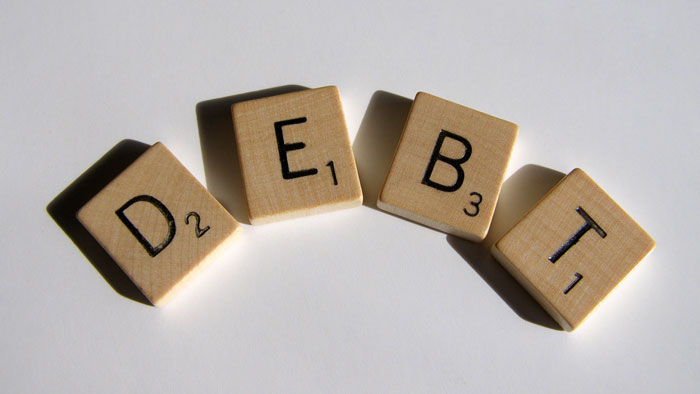The Local Court’s Small Claims Division was created to hear and rule over cases regarding small debt recovery. They also deal with claims for damages or demands. A small claim is considered anything of $10,000 or less. The goal of this division is to hold jurisdiction for quick, inexpensive, informal legal proceedings. Another important factor is that the normal rules of evidence are not applicable.
The Small Claims Division was originally made so that people could initiate small claims, without the need for legal representation. This is useful for those who would otherwise be unable to afford to make legal claims. However, it also means that the division is limited with how much they can award. The amounts must be in scale to the claims, and remain “small”.
Once the defendant has been served with a statement of claim, they can file a notice indicating that they intend to defend against the claim. The case is then scheduled for a pre-trial review, which will take place in front of a registrar. Both parties must try to come to terms at this pre-trial, without needing to take the matter further. If they can’t come to an agreement, a small claims hearing is organised. Contact competent Debt Recovery Lawyers
At a small claims hearing, all evidence must be given in the form of written statements or documents. There is no giving of oral evidence in this type of hearing. Evidence must also be filed around a month before the hearing takes place. Without the need for a more traditional court hearing, people can make claims without having to hire lawyers or defend themselves formally.
If the verdict is in favor of the claiming party, six weeks is usually given for the judgement amount to be settled. If this debt is not completely paid by the allocated time, there are a number of ways for the Small Claims Division to proceed.
Examination Summon
If there was not much information given about the defendant, and how much money they actually have, an examination summons might take place. The goal is to find out what the debtor’s financial position is. They can be examined by the judgement creator’s legal representatives, including looking at property and other assets. The debtor might need to produce documents that demonstrate what their real financial position is.
Garnishee Order
This is when the debt is attached to a third party, such as the bank account of the debtor. The order can also be attached to their salary or wage. Payments will then be made whenever the debtor has the money.
Writ of Execution
This is where the bailiff is allowed to seize property of the debtor. If the debt is not paid, this property can be sold in order to get the money together. In some circumstances, this might involve the seizure and sale of land.
Bankruptcy
The Federal Magistrates Court and the Federal Court are able to rule over bankruptcy hearings, if more than $5,000 is owed. The idea of being made bankrupt can be enough to convince a debtor to pay what they owe, providing they are able.
–
Debt Recovery Lawyers
Litigation & Dispute Resolution
Debt Collection
Debt collection services
Help With Debt
Help when you’re in debt
Debt Collection Tips


